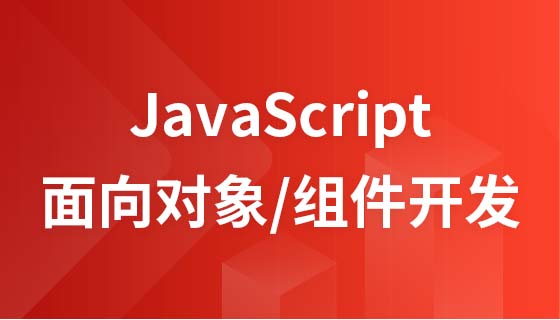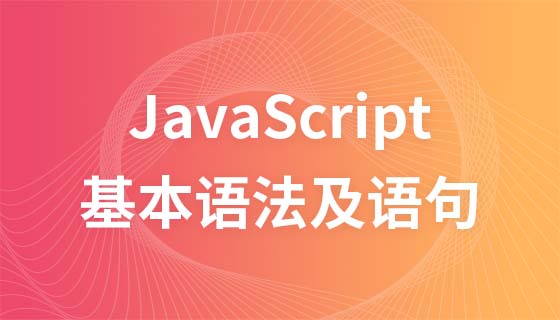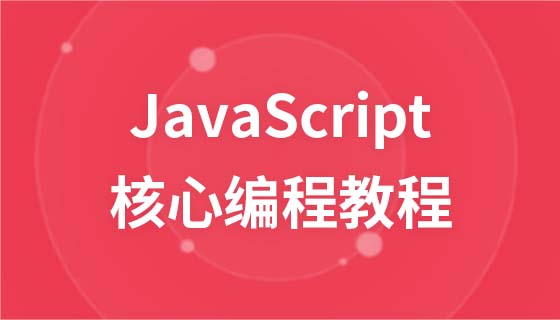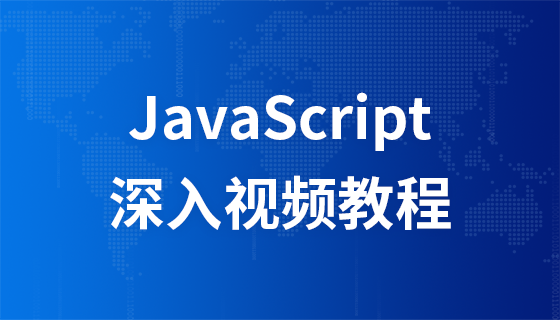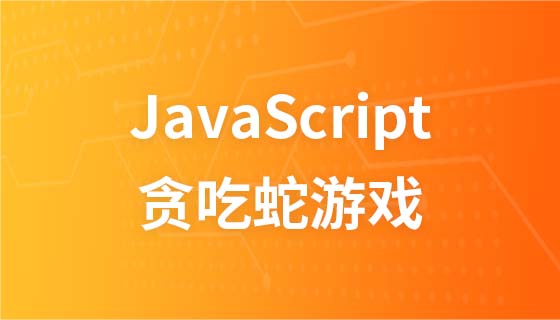
The content this article brings to you is about what is JavaScript object-oriented? The understanding of objects in js has certain reference value. Friends in need can refer to it. I hope it will be helpful to you.

The most basic symbol of object-oriented language is the concept of class. What is a class? A class is a collection containing multiple properties and methods. An instance of a class is an object.
Due to historical reasons, the concept of objects in ECMAScript (hereinafter referred to as JS) is different from objects in class-based languages. ECMA-262 defines an object as "an unordered collection of attributes, whose attributes can contain basic values, objects, or functions."
Each object is created based on a reference type.
// 第一种:创建Object实例
var person = new Object();
person.name = 'tom';
person.age = 20;
person.sayIt = function(){console.log(this.name, this.age)}
// 第二种:对象字面量值
var person = {
name: 'tom',
age: 20,
sayIt: function(){console.log(this.name, this.age)}
}The objects created in the above two examples are the same and have the same properties. and methods.
The keys of JS objects (i.e. attributes and methods such as name and sayIt) are divided into two types of attributes: data Properties and accessor properties.
The data attribute contains the location of a data value where the value can be read and written. Contains the following 4 characteristics:
Configurable: Indicates whether delete can delete the attribute and whether the type of the attribute descriptor can be changed. The default value is false. When you create an instance without specifying this value, it will default to true.
Enumerable: Indicates whether the attribute is enumerable (for-in). The default value is false. When you create an instance without specifying this value, it will default to true.
Writable: Indicates whether the attribute value can be modified. The default value is false. When you create an instance without specifying this value, it will default to true.
Value: Indicates the value of the attribute. The default value is undefined. When creating an instance without specifying this value, it will default to undefined.
If you create an instance:
var person = {
name: 'tom'
}The data attributes Configurable, Enumerable, and Writable of the attribute name of the person object are all true, that is, the name attribute can be deleted, enumerated, and rewritten. The name attribute The current value of is 'tom'.
If you want to modify the data attributes of an attribute, you can use the Object.defineProperty() method provided by ES5. This method can also add a new attribute to the object. This method has three parameters: the target object, and The name of the attribute to be defined or modified, the data attribute that needs to be defined or modified
Modify the name attribute of the person instance below:
var person = {
name: 'tom'
}
Object.defineProperty(person, 'name', {
configurable: false,
enumerable: false,
writable: false,
value: 1
})
console.log(person.name); // 1,name属性的值已修改为1
delete person.name;
console.log(person.name); // 1, name属性依然存在
for(var i in person){
console.log(i); // undefined,name属性不可枚举
}
person.name = 2;
console.log(person.name); // 1,name的值依然为1,不可修改Note: Object.defineProperty() method is setting configurable After it is false, properties other than writable cannot be modified.
Accessor properties have no data value and only have two functions:
getter function to obtain valid values
setter function, Setting valid values
The common way to use accessor properties is to change other properties by setting the value of one property. Accessor properties also contain 4 attributes:
Configurable: Indicates whether delete can delete the attribute and whether the type of the attribute descriptor can be changed. The default value is false. When you create an instance without specifying this value, it will default to true.
Enumerable: Indicates whether the attribute is enumerable (for-in). The default value is false. When you create an instance without specifying this value, it will default to true.
Get: Function called when reading attributes, the default value is undefine.
Set: Function called when writing attributes, the default value is undefine.
var book = {
_year: 2004,
edition: 1
};
Object.defineProperty(book, "year", {
get: function(){
return this._year;
},
set: function(newValue){
if (newValue > 2004) {
this._year = newValue;
this.edition += newValue - 2004;
}
}
});
book.year = 2005;
console.log(book.edition); //2Where year is the accessor attribute and _year is the data attribute. The Configurable and Enumerable of the accessor attribute year are not set, so they are false, that is, the accessor property year
cannot be deleted or enumerated. You can read the characteristics of the property through the Object.getOwnPropertyDescriptor() method:var descriptor = Object.getOwnPropertyDescriptor(book, '_year'); console.log(descriptor.writable); // true console.log(descriptor.configurable); // true
Introduction to object-oriented in JavaScript_js object-oriented
Javascript object-oriented overloading_ js object-oriented
###The above is the detailed content of What is object-oriented JavaScript? Understanding objects in js. For more information, please follow other related articles on the PHP Chinese website!

